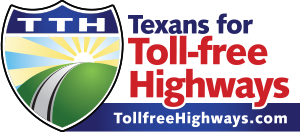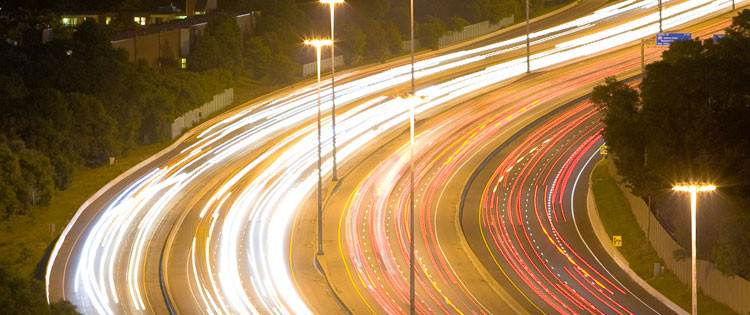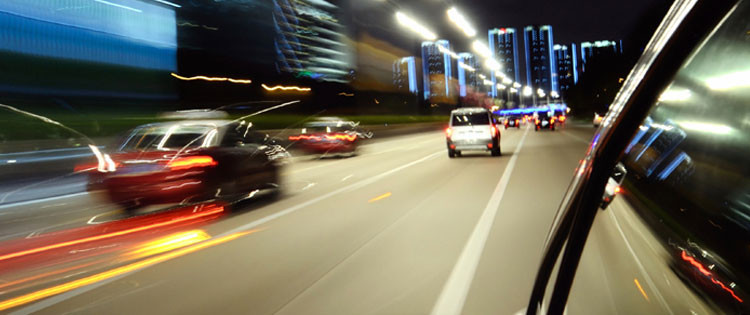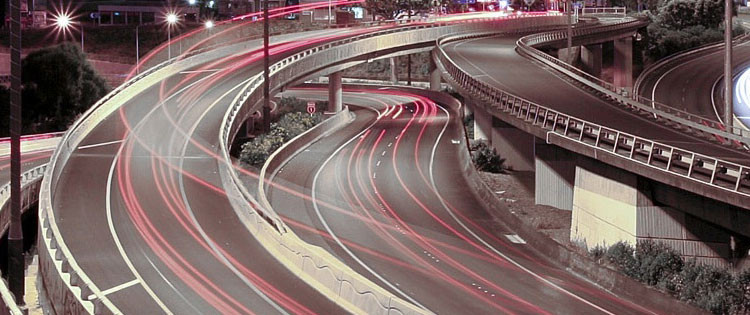Texans charged twice for highways
By Bennie Wilson : May 23, 2014
Express-News
SAN ANTONIO — Please consider the following scenario.
A Bexar County family goes shopping at its favorite grocery store to get biweekly food items and sundries. After awhile, the family checks out at one of the cashier stations.
As the family departs, the manager races out to catch them in the parking lot. The manager is apologetic as she explains that a robbery just occurred at their cashier station, so they must return their purchases since their payment has been stolen. As they look around the parking lot, they see other store employees accosting customers with what appears to be the same confiscation.
The shoppers are incredulous. This is America; it’s Texas for God’s sake — they paid the advertised prices for the items they bought. The manager, now sensing that the situation is approaching a critical stage not covered in his customer service training, dials 9-1-1 for police assistance.
As the family attempts to depart with the purchases for which it has already paid, SWAT teams surround the parking lot. A crisis negotiator formulates a win-win plan to assuage both the angry customers and the manager.
All the customers have to do is to pay again for the groceries they’ve bought. With their double payment, they’ll get their purchases and the store will get back the money that was stolen.
Please don’t complain to your grocer; this was only an allegory — a hypothetical story involving a common activity (grocery shopping) to illustrate the real-world activities of our politicians in Austin.
It’s a metaphor for how our state government is charging Texans twice for fixing the awful highway system in North Bexar County and beyond. Throw in federal tax subsidies to fix our state’s misuse of taxes dedicated to Texas transportation infrastructure needs, and it’s a trifecta of state financial and political malfeasance.
Read more here.




